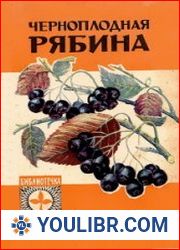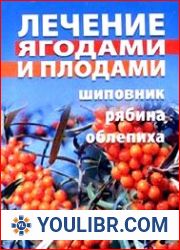
BOOKS - VEGETABLE GARDEN AND FARMING - Черноплодная рябина


US $9.73

665680

665680
Черноплодная рябина
Author: 0,19 МбЧерноплодная рябина в садах Сибири появилась сравнительно недавно, но с каждым годом она получает все большее признание не только в промышленном садоводстве, но и на участках садоводов-любителей. Объясняется это прежде всего тем, что в плодах этой культуры содержится большое количество витаминов, микроэлементов, органических кислот и сахаров. Распространению черноплодной рябины способствует и ее неприхотливость к почвенным и климатическим условиям, что позволяет получать в условиях Сибири высокие урожаи. брошюры обобщил опыт выращивания черноплодной рябины в Алтайском крае, Новосибирской и Томской областях. В брошюре даны описания биологических особенностей черноплодной рябины, агротехника ее возделывания, выращивание посадочного материала. Специальный раздел отведен переработке плодов.Брошюра рассчитана на широкий круг читателей - агрономов, бригадиров совхозов и колхозов, преподавателей биологии, садоводов-любителей.td>tr>
Year: 1973
Number of pages: 23
Format: DJVU | PDF
File size: 10,19 MB
Language: RU

Year: 1973
Number of pages: 23
Format: DJVU | PDF
File size: 10,19 MB
Language: RU
Chokeberry in the gardens of Siberia appeared relatively recently, but every year it is gaining more and more recognition not only in industrial gardening, but also in the plots of amateur gardeners. This is explained primarily by the fact that the fruits of this culture contain a large amount of vitamins, trace elements, organic acids and sugars. The spread of chokeberries is also facilitated by its unpretentiousness to soil and climatic conditions, which makes it possible to obtain high yields in Siberia. The author of the brochure summarized the experience of growing chokeberries in the Altai Territory, Novosibirsk and Tomsk Regions. The brochure describes the biological features of chokeberry, the agricultural technology of its cultivation, and the cultivation of planting material. A special section is reserved for fruit processing. The brochure is designed for a wide range of readers - agronomists, foremen of state farms and collective farms, biology teachers, amateur gardeners.










